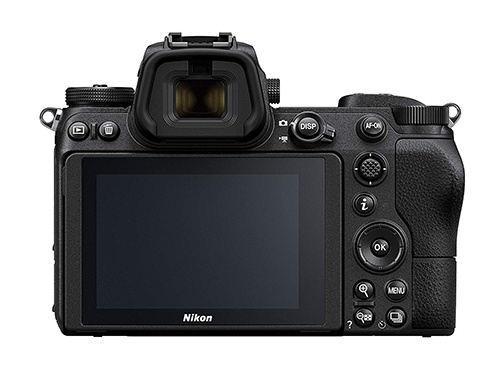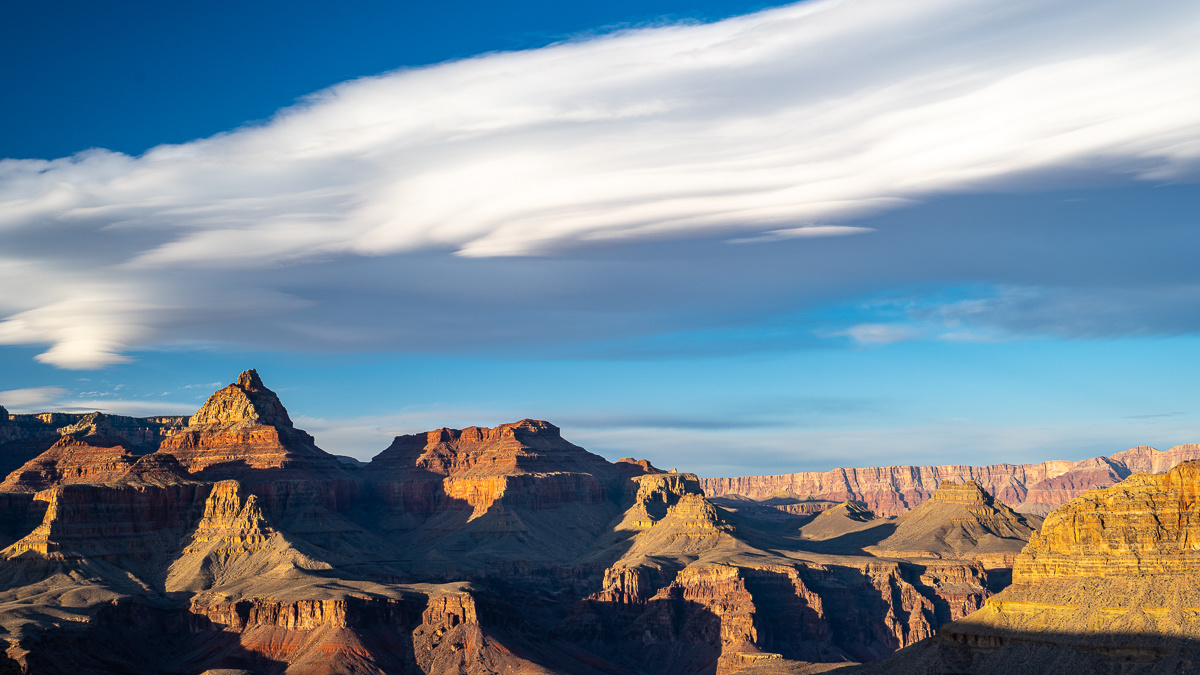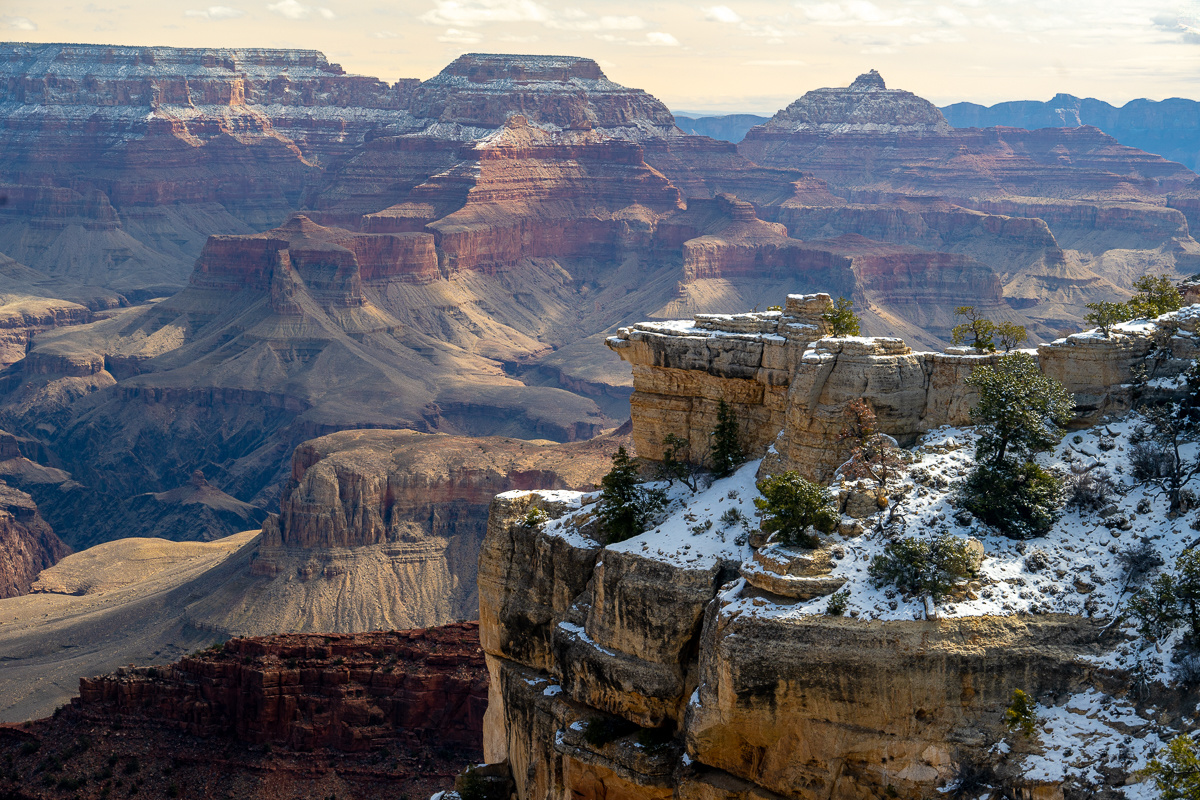Being a Nikon DSLR landscape photographer who is anticipating the foreseeable demise of said cameras, I have been curious about the Nikon Z 7II. I wanted to see how one of these lighter, smaller mirrorless cameras functioned not only for landscapes but as a travel setup. Here are my initial thoughts.
I should preface by saying that normally gear reviews are not really my thing. The fact that I still shoot with a Nikon D810 and have an assortment of older Nikon prime lenses from back in the film days, such as a 55mm Micro and 105mm Micro (yes, the old metal ones) should be your first tip-off that I’m not exactly someone who’s interested in all of the latest and greatest year. I find what works well for me and tend to stick with it. I believe in the adage of “why fix what’s not broken.” Not a very sexy viewpoint in this day and age I suppose, but I’ll leave musings on that subject for another day.
Curiosity about mirrorless cameras has been building for a while for me though. After lugging my D810 and 24-120mm f/4 lens on a biking trip through Glacier National Park this past summer I found myself pondering the Nikon mirrorless system as a potentially great travel photography setup. The small size and light weight would have made a big difference on that biking trip. Add to that the fact that I could easily use all my old prime lenses with the FTZ adapter, and the system became much more intriguing.
When my girlfriend and I scheduled a spring break backpacking trip in the Grand Canyon, it seemed like the perfect opportunity to test out the new Nikon. If there is anytime that size and weight become a huge consideration, it’s backpacking, especially as I move into my latter 50s. It makes carrying around heavy gear less and less appealing every year.
The body, Z 24-200mm lens, and FTZ adapter all arrived from Lens Rentals on the day before the trip. I was leaning heavily on my experience as a Nikon DSLR user and being generally pretty adept at new technology to help make the short learning curve smooth. I was mostly right, although not without a few bumps along the road.

Back of the D810

Back of the Z7 II
The first thing that struck me when I unboxed the camera was, of course, how much smaller it is than my D810. My normal travel, or “walkabout” kit as I like to call it, is the body paired with the 24-200mm f/4 lens. The Z 7II with the 24-200mm lens attached was diminutive by comparison. Of course, there are sacrifices made in a lens that does not have a constant aperture and is overall a slow lens, but I found that for what I wanted on this trip, the smaller size and weight was worth it and not really a hindrance to making some decent images from down in the canyon.
The camera itself as noted by many reviews is very comfortable in the hand and very well-balanced coupled with this lens. Slung around my neck, it felt like almost nothing compared with my other rig. As a personal preference, I also liked the inconspicuousness of the camera. Carrying it around the more heavily visited overlooks before the start of our journey down into the canyon, I found I liked not standing out as much as I do with my larger DSLR and bevy of lenses. Anyone who has ever done landscape photography at popular locations has probably experienced this. When you arrive at a vantage point and begin setting up an expensive-looking camera on a tripod, people tend to congregate near you, I guess figuring that whatever you are shooting must be worthwhile. It just goes with the territory, I suppose, but I found myself enjoying being a little more inconspicuous with this camera. I can well imagine this to be a big plus for the street photographer as well.

The Z 7II with FTZ adapter and 55mm micro lens

Shooting with the Z 7II on a tripod
I’ve heard the argument that these cameras don’t have the heft of a DSLR, and thus feel too lightweight. I used to have this viewpoint myself. But unboxing the Z 7II, I was struck by how the camera body itself is similar in size to the original film camera that I started with as a teenager, the classic Pentax K-1000. In this way, it seems like mirrorless technology is bringing things around full circle to where we started with the SLR. This camera felt great to carry, and well balanced with the 24-200mm lens attached. And come to think of it, I don’t remember ever saying to myself all those years ago with my Pentax: “gee, I wish this thing was bigger and heavier".
As far as ease of use, my experience on this point was a bit mixed. On the one hand, a lot of the layout and controls were familiar for someone coming directly from Nikon DSLRs. Several differences, including menus that are accessed either a different way or were not there all, became a little frustrating at times. For example, there is a whole set of buttons on the left side of the back of the camera that is gone. Some have moved down to the right, some are in the menu now. Also, there is a little joystick for adjusting the autofocus placement. I was unimpressed, but to be fair, I am a landscape photographer, so it’s not a function that is top on my list. But, it did seem to me like the autofocus placement was a bit clunky, which I have heard from other reviews. So overall, despite what some may lead you to believe, there are significant differences in the layout of these cameras compared to a DSLR.

Evening shot testing out the high ISO performance: Z 24-200mm 1/20 s f/5.3 ISO 3,600
In particular, I found myself missing the handy bracket button. I like it best on the dial of my “old” D800, after which it moved to the slightly less desirable left side of the viewfinder on my D810. On the Z 7II, I found myself having to dig into the menu to get to this feature. I know that I could have set this up as a custom user function and would have if I had had the camera longer, but I still think my personal preference is having handy access to it right on the top of the camera. If it ain’t broke, don’t fix it.

Starting the descent down into the canyon
Another thing that I found a little bit annoying with the camera was that some of the shooting parameters seemed to reset themselves. Primary in these for me was the timer, which I tended to use on longer exposures since I did not have a remote shutter release. I use the delay feature on my D810, another thing missing on this camera, so the two-second timer seemed to be a perfect alternative, except whenever the power got shut off, the camera reset itself. It was quick and easy to change back on the rear screen in the information menu, but I still found it very annoying.

Getting in close to the bottom of an Agave plant with the Z 24-200mm: 1/6 s, f/8, ISO 64
Then there was the monitor mode button on the side of the viewfinder for selecting between viewing the image solely through the viewfinder, automatically switching between the viewfinder and LCD, prioritizing the viewfinder (not sure of the difference between this and auto-switching) and LCD only. This seemed to work inconsistently. I can only guess that it was due to ambient light. By default, I initially chose to have this set on automatic, and yet sometimes, I found it to work fine, and other times, it would not switch off of the viewfinder when I pulled my face away. Getting frustrated out in the field, I eventually defaulted to the viewfinder only, even using that to evaluate images. Back at my Airbnb, when I had power again, I was able to set it on the monitor. This may have just been a quirk of the rental copy that I had or a newbie error. Either way, it seemed to take a little more attention to it than I would have wanted or expected.

Strange clouds over the Grand Canyon: Z 24-200mm, 1/40 s, f/8, ISO 64
One thing I did love about the viewfinder was the live histogram. This is such a nice benefit of mirrorless systems in my opinion. The ability to evaluate the exposure on the fly instead of looking at the back of the camera after the fact is wonderful for me.

Dried Agave leaves: Z 24-200mm, 1/125 s, f/8, ISO 100
Speaking of the viewfinder, I liked it, mostly. It was bright and made viewing easy. The only times I didn’t like it other than the aforementioned inconsistent switching issue was occasionally, it showed a jittery image as I moved my camera while looking through it. At those times, I was reminded that I was looking at a video instead of an optical image coming through the glass. A bit of an adjustment for us older DSLR users, I suppose. Not a deal-breaker, but I look forward to the day when that is smoothed out a bit.
Another thing I found a little annoying and surprising was the ease with which the card slot door could be accidentally opened. I had read about that in another review but didn’t think much of it until it happened to me a couple of times. A casual flick of the thumb seemed to be enough to pop it open, as opposed to the more decisive push required for my DSLR. I have no idea what the thinking could be around making this kind of change.
Ok, image quality. That’s the point ultimately, right? Honestly, there is not much to report here. The images are great. I was very happy overall with the results, both with the Z 24-200mm lens and with my older primes on the FTZ adapter.

Oh, what a difference a day makes. Packing out in the snow.
I did find that the contrast and color were not quite as pleasing as my D810. I seemed to do a bit more work in Lightroom to get them to where I wanted as opposed to my older system. They were just a touch softer coming out of the camera. An adjustment to my import presets would probably fix that easily enough, but it’s worth noting because if not for the consideration of the camera’s size and weight for travel applications, I’m not sure if the extra 10 megapixels are worth it. I do make large metal prints of my work for sale, so the extra resolution is always desirable, but not enough by itself to warrant a switch.

Dappled light and fresh snow: Z 24-200mm, 1/50 s, f/8, ISO 64
In conclusion, as an older DSLR shooter looking to make the switch to mirrorless, I found this camera to be capable and fairly familiar. A little more adjustment time to get used to the menu and button differences in layout, and I’m sure I would be working without much second thought.
All that said, it is obvious that this is not a camera that has the years of design refinements that the Nikon DSLRs enjoy. It’s only the second generation, after all, and is obviously still a work in progress. Nikon has a few things to iron out in this system for sure, but I look forward to what is in store next from them.







Thanks Tom , for pointing out my error in a list of abbreviations I got this one wrong and yes EVF is correct ,.not OVF ! At least someone has read my post . I should of continued with the Mirrorless theme but that could mean Leica M or some Fuji's.
Yes, the dslr is dead and all dslr cameras suck...my em1 takes my d4. (Im joking, d4 is one of the best cameras i have ever used.)
Also, articles like this are why i got a d4 for 600 bucks, so thanks
At a certain point, fuel injectors replaced carburetors
Only because they worked better and could be controlled by electronics
Same here